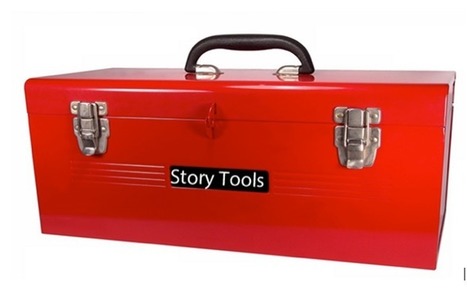Business storytelling is becoming more and more important this year. You are constantly telling stories about your business. Whether that story is told in a speech, in ordinary conversation with co-workers or customers, or on your website or advertising or packaging, your story is aligned with the public face of your company and it must be carefully crafted from your DNA.
So, once you have a clearly delineated DNA, you need to start to create business stories that embody that DNA. Here is a proven system you might employ. And of course, you can also invent your own methodology for business storytelling if you prefer.
The key thing is not mine vs. yours, but to understand your Brand DNA and then systematically tell your brand story in a way that helps disseminate the message of your brand....



 Your new post is loading...
Your new post is loading...












If you're interested in how to tell your business or brand story, follow these 7 simple steps.